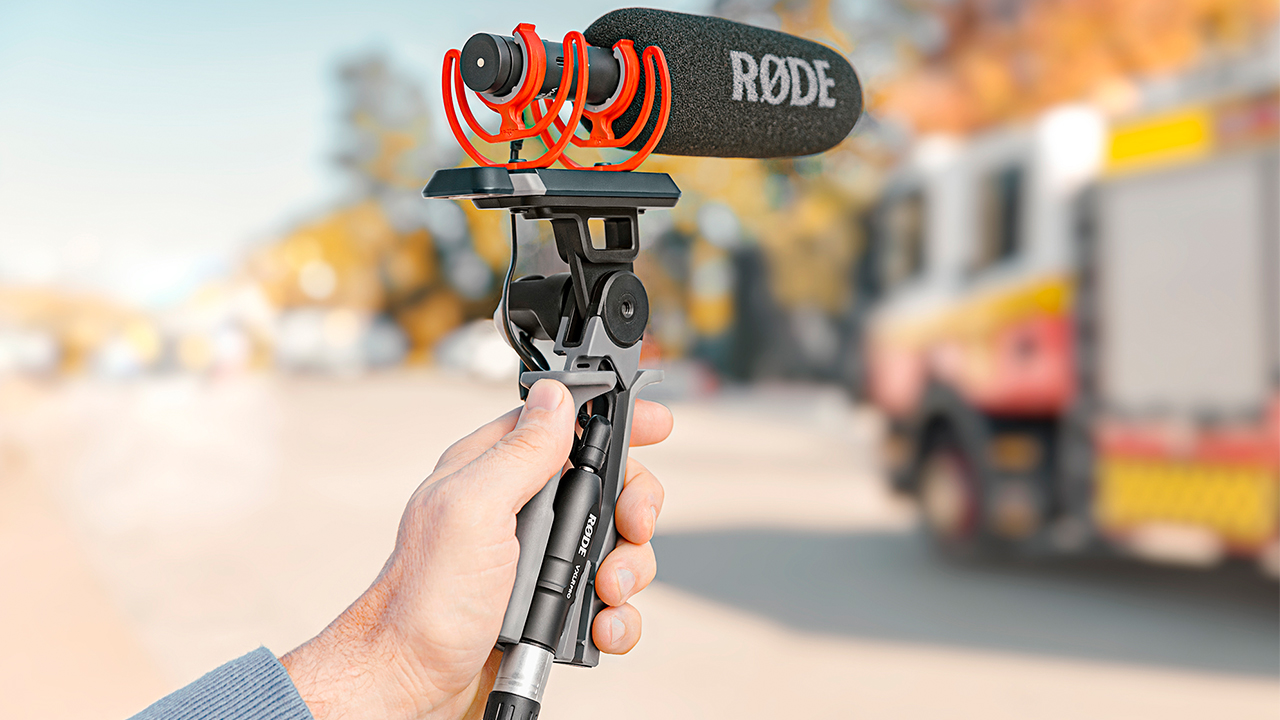Balanced vs Unbalanced Signals and the RØDE VXLR Pro
The RØDE VXLR Pro is a female TRS mini-jack to male XLR adaptor for connecting RØDE microphones with a 3.5mm output to devices with an XLR input. Straightforward, right? Well, it also has a few tricks up its sleeve.
Firstly, it is able to convert 12-48V phantom power to 3-5V plug-in power, allowing microphones like the VideoMicro and VideoMic GO to receive power from XLR devices, and it features a locking connector that will ensure your connection is always secure when recording, much like the VXLR+.
The VXLR Pro is also capable of converting an unbalanced signal from a microphone to a balanced signal. This is a very handy feature, particularly if you are using a microphone such as the VideoMic NTG on a boom pole, with a long cable run into a mixer or interface.
Unsure what this actually means and why it’s an important feature? Let’s take a look at the difference between balanced and unbalanced signals, and how the VXLR Pro might be useful in your setup.

The VideoMic NTG with the VXLR Pro.
What’s the Difference Between a Balanced and Unbalanced Signal?
In professional audio, a balanced line (or “balanced circuit” or “balanced output”) is utilised to reduce any interference (noise, buzz or hum) that may be introduced from the surrounding environment when transmitting a signal from one device to another.
In an unbalanced line, the cable carrying the signal is encased in an outer metal sleeve, which is connected to "ground". In most cases, this outer sleeve offers adequate protection from interference, especially for shorter cable runs.
In a balanced line, such as a standard XLR cable, there are two signal lines encased in the outer sleeve ground connection. These two signal lines will be of a matched impedance but have reversed polarities. At the receiving end of the signal (such as the preamp of a mixer), any differences between the two signals – i.e. interference introduced in the connection – is cancelled out, leaving the original signal unaffected.
Note that using an unbalanced line does not affect the quality of your actual audio transmission. Both unbalanced and balanced lines can carry audio of equal quality. Rather, a balanced line offers additional protection against interference that can come from external sources.

When Is Using a Balanced Signal Important?
Balanced circuits are typically utilised in professional audio devices that may be used with long cable runs; for example, stage microphones and the XLR inputs of mixers. Using cables over long distances increases the risk that the cable will run close to electrical devices that may introduce noise (some of the worst culprits are fluorescent tubes, motors in fans and fridges and low-quality AC transformers), and the balanced line helps to ensure the signal remains unaffected.
Balanced lines are usually unnecessary for shorter cable lengths, or where the cable is not in danger of being placed close to potential sources of interference. Many audio devices contain unbalanced circuits or unbalanced lines, such microphones with 3.5mm outputs, camera inputs, and instrument cables such as guitar leads or patch cables.
RØDE VideoMics, for example, do not utilise balanced circuitry as they are designed to be connected directly into a camera using a patch cable that is just a few inches long.
However, all VideoMics can be connected to XLR devices using a 3.5mm mini-jack to XLR adaptor and they all sound great when used as a boom mic. The problem here is that this kind of setup sometimes requires a long cable run and thus you may run the risk of introducing noise to your signal.
Imagine running a cable from a fixed boom on a film set, where a long cable tucks out of sight along with lighting cables, for example. This is where the VXLR Pro comes in.
The VXLR Pro utilises a high-quality impedance-matching transformer for a true-balanced output, meaning it can be used with very long cable runs with no chance of interference being introduced and it will be compatible with the balanced XLR input of your mixer or interface.
The transformer-based circuit also ensures extremely low noise and stable phantom power to plug-in power conversion. This is a very simple and affordable solution if you want to use your VideoMic with professional-grade recording gear.
Check out the VXLR Pro here.